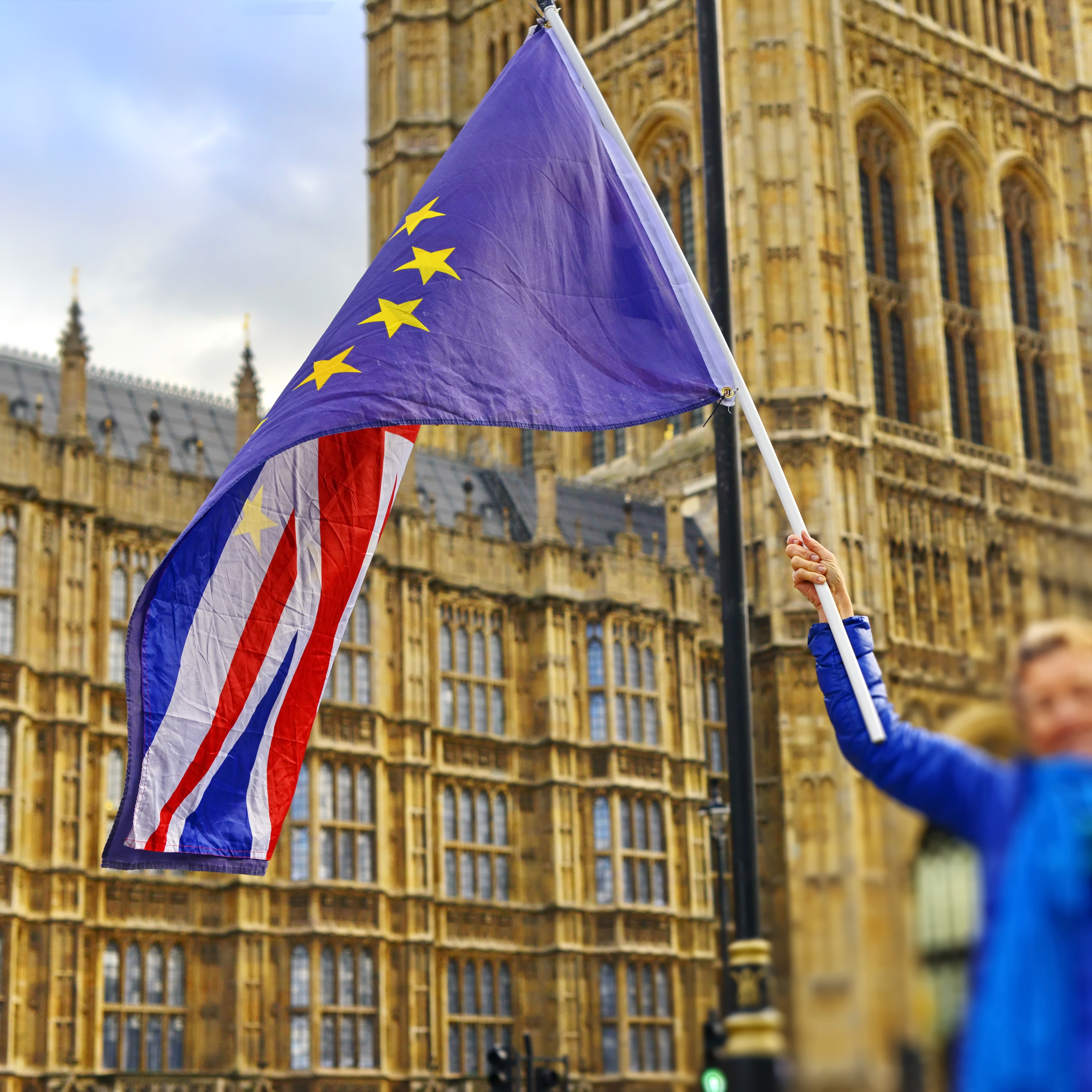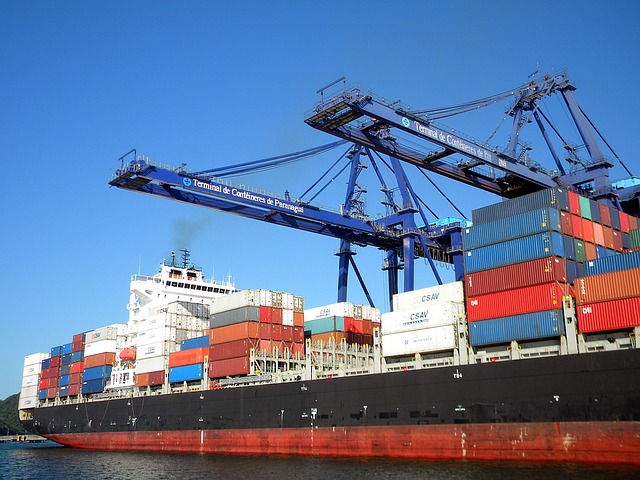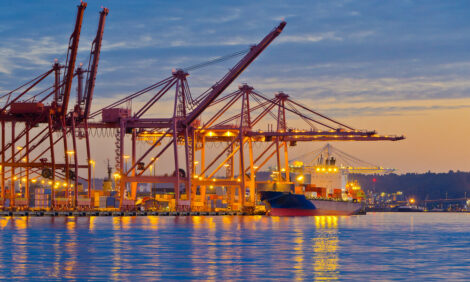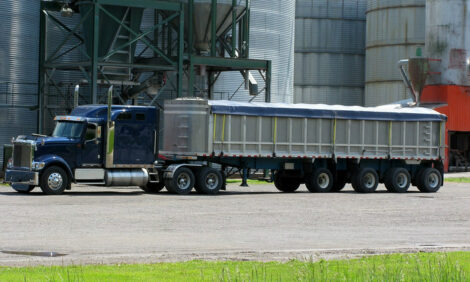



What impact does the Brexit trade agreement have on Agriculture?
Analysis from Bidwell's Environment Partner Ian Ashbridge outlines the impact that the UK's Free Trade Agreement with the EU has on agriculture.The UK emerged from Brexit talks to avoid a ‘no-deal’ Brexit scenario, but by the skin of its teeth. In its place is a free trade agreement, developed and settled in extreme haste. What is the impact of the free trade agreement on the agriculture industry?
This agreement has big implications for the UK agri-food sector and since the document extends to over 2,000 pages of information, it will take some time to unpick and process.


However, the headline message is that import tariffs on agricultural products to the EU have been avoided. This must be recognised as good news, particularly for the sheepmeat sector, which was identified early on as a potential first casualty, given the quantity and value of export shipments to the continent.
During the talks, much of the media coverage focused on the haggle over access to fishing quotas. In practice, this has been resolved without much gain for British fleets and effectively kicking the cod down the road for five and a half years when annual negotiations will take place. Agreement on state aid and the "level playing field" (LPF) quickly followed.
The nub of the LPF concerned maintaining existing EU standards on the environment and labour laws, to prevent the UK gaining a competitive advantage by undercutting EU standards. The UK accepts this however, Britain can form its own state aid regulations concerning subsidies and economic intervention, albeit within the constraints of the LPF agreement.
The deal was ratified swiftly in the UK parliament after Labour agreed to its support but it may take far longer to achieve this in Europe, although the EU has agreed to provisionally apply the deal from January.
However, with the deal agreed, trade with the EU will be far from "frictionless" due to a range of "non-tariff measures" (NTM), which place an administrative burden on exporters and in some cases, prevents trade. These NTMs will apply to UK exports to the EU from January 2021. Inbound shipments will see new rules apply in a phased measure from January to June 2021.


Among these are Rules of Origin (RoO) requirements. Although these have been relaxed for the first year to allow companies to gather information to meet them, the RoO require businesses to demonstrate that the goods they are shipping are eligible for tariff-free treatment, and it is expected that 90% of agri-food products will fall into this category.
Sanitary and phytosanitary (SPS) checks will become applicable immediately on UK exports to the EU. This means that 15% of lamb shipped to the EU will be subject to physical checks, adding administrative costs and delays. Dairy products for human consumption will be subject to 30% physical checks. While a special committee, set out in the structure of the trade agreement, may ease these rules in the future, some commentators have observed that SPS checks leave Britain in the same position as any "third country", and significantly worse off in terms of access to EU markets than New Zealand, for example.
In theory, the cost of NTMs should be very limited. Some early projections forecast as little as 2% to 5% for cereals and slightly more for sheepmeat and beef. However, in practice these costs will need to be met and it is likely they will pass down the chain to the primary producer. Given the slender margins currently available to livestock, and even arable farmers, and coupled with the phased removal of BPS, picking up the cost of NTMs will be most unwelcome.
Still more unwelcome could be any significant strengthening in sterling, which would make British produce more expensive on the global market.










